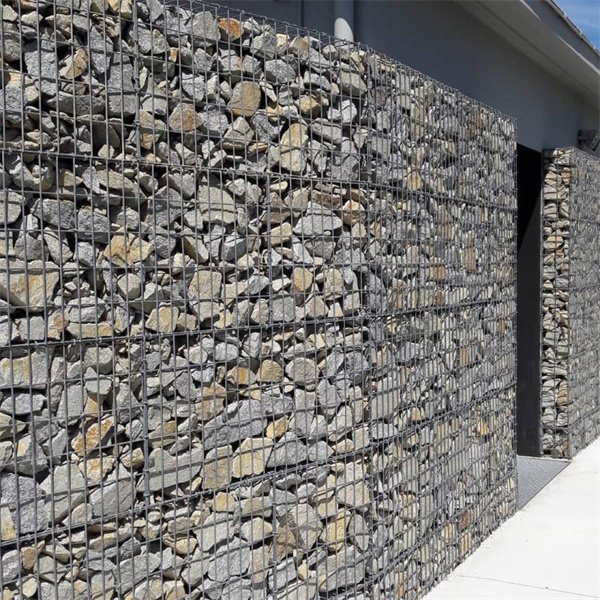nov. . 28, 2024 14:09 Back to list
Selecting the Best Rocks for Durable Gabion Wall Construction
Rocks for Gabion Walls A Sustainable Solution for Erosion Control
Gabion walls, composed of wire mesh cages filled with stones or other materials, have become increasingly popular in construction and landscaping due to their durability and environmental benefits. This innovative method of erosion control and landscape design not only serves practical purposes but also enhances aesthetic appeal. Choosing the right rocks for gabion walls is essential to ensure their longevity, stability, and effectiveness.
Understanding Gabion Walls
Gabion walls are primarily used for erosion control, slope stabilization, and as decorative features in gardens and landscaping. They are also commonly employed in civil engineering projects to manage water flow in riverbanks and prevent landslides. The structure of a gabion wall involves heavy wire mesh cages that are filled with rocks, creating a robust and permeable barrier.
One of the key advantages of gabion walls is their flexibility. Unlike traditional concrete walls, these structures can adapt to shifting soil and water conditions. The open nature of the walls allows for drainage, reducing hydraulic pressure against the structure and mitigating the risk of failure during heavy rainfall.
Choosing the Right Rocks
Selecting suitable rocks for gabion walls is crucial. The type of rock can influence the wall's structural integrity, aesthetic appeal, and overall performance. Here are some key considerations when choosing rocks for gabion walls
1. Material Composition Ideally, the rocks used for gabion wall construction should be dense and durable to withstand weathering and provide stability. Common choices include granite, limestone, basalt, and river rocks. Each type offers different aesthetic finishes, ranging from smooth river stones to rugged quarried rock.
rocks for gabion walls

2. Size and Shape The rocks should typically be between 4 to 12 inches in diameter. This size range allows for a tight fit within the gabion cages, ensuring that the wall maintains its structure. Irregularly shaped stones tend to provide better friction and interlock, enhancing the wall's stability.
3. Local Availability Using locally sourced rocks not only reduces transportation costs and emissions but also ensures that the materials are suited to the local climate. Additionally, local rocks often blend seamlessly into the surrounding landscape, contributing to the natural aesthetic.
4. Cost and Sustainability Cost is always a consideration in construction; therefore, selecting affordable yet durable materials can help maintain budget constraints. Furthermore, using natural rocks promotes sustainability—by opting for raw materials instead of manufactured alternatives, the ecological footprint is minimized.
Installation and Maintenance
Once the appropriate rocks are selected, the gabion walls can be installed. Proper construction techniques involve stacking the filled cages securely and ensuring adequate drainage around the structures to prevent water accumulation. Over time, maintenance is minimal, as gabion walls are designed to withstand natural elements. However, periodic inspections for erosion, rusting of wire mesh, or displacement of stones are recommended to ensure the walls remain effective.
Conclusion
Gabion walls represent a practical and visually appealing solution for erosion control and landscaping. Choosing the right rocks is pivotal for the success of these structures. By prioritizing durability, sustainability, and local materials, builders and landscapers can create robust gabion walls that not only serve their intended function but also enhance the beauty of the surroundings. This technique demonstrates that environmentally responsible construction practices can lead to enduring and attractive solutions for modern challenges.
-
The Role of Galvanized Gabion Mesh in Riverbank Protection
NewsJun.26,2025
-
The Role of Gabion Basket Raised Bed in Sustainable Gardening
NewsJun.26,2025
-
Quality Assurance of Wire Mesh Gabion Baskets
NewsJun.26,2025
-
Installation Guide for Welded Gabion Box
NewsJun.26,2025
-
How to Choose the Right Gabion Box
NewsJun.26,2025
-
Different Types of Gabion Wire Mesh
NewsJun.26,2025
-
Why PVC Coated Gabion Mattress Is the Best Solution for Long-Term Erosion Control
NewsMay.23,2025






